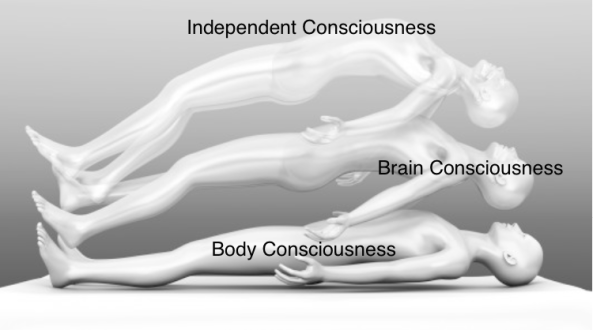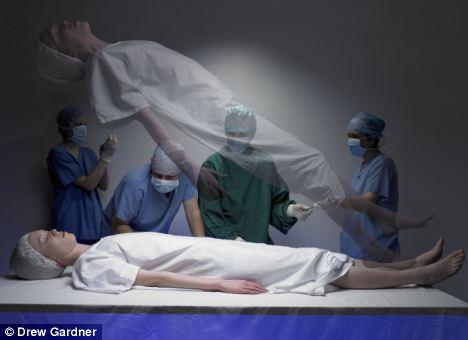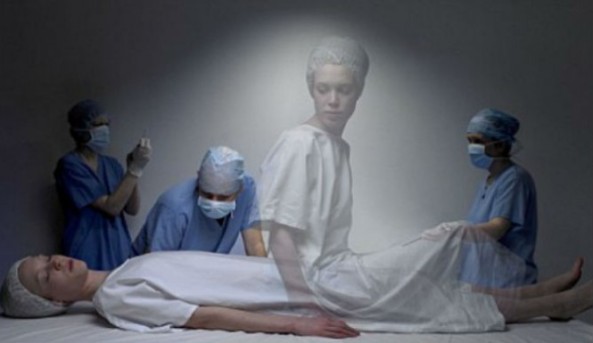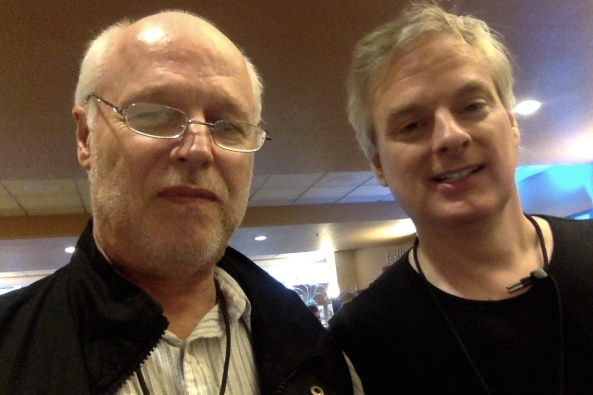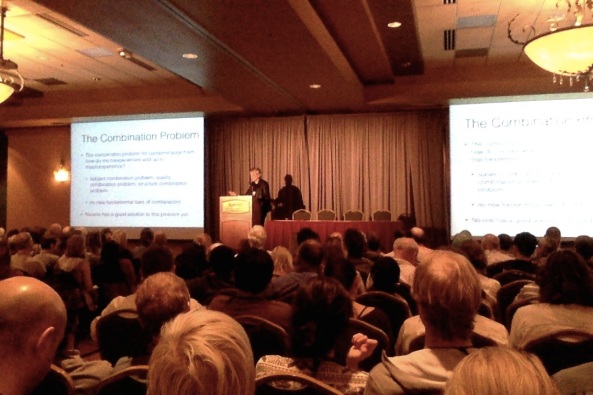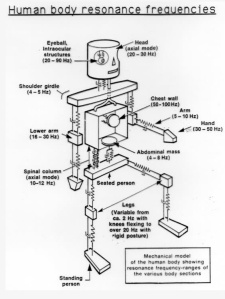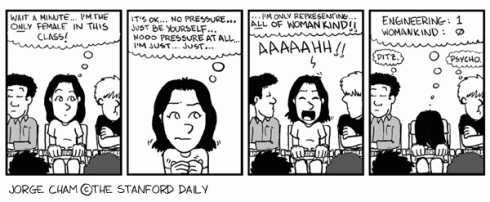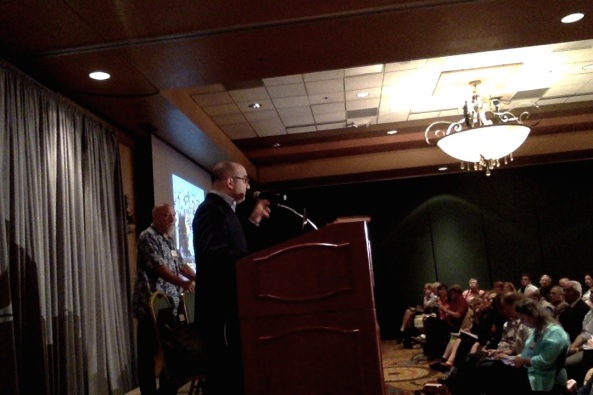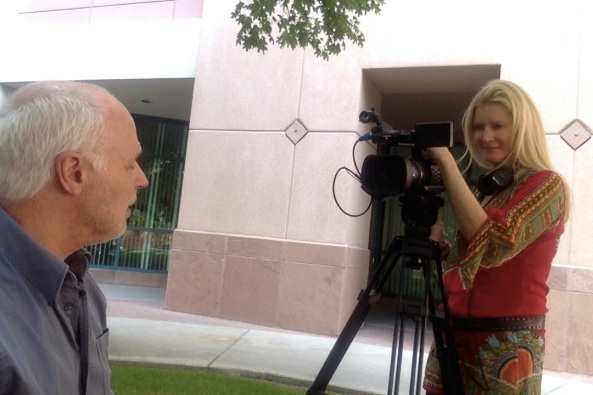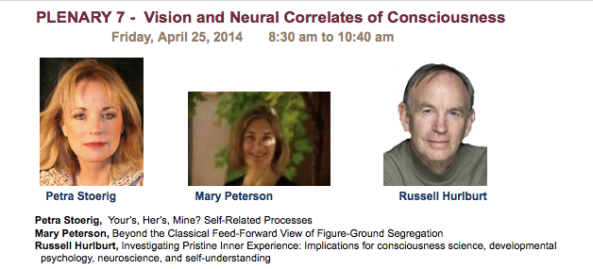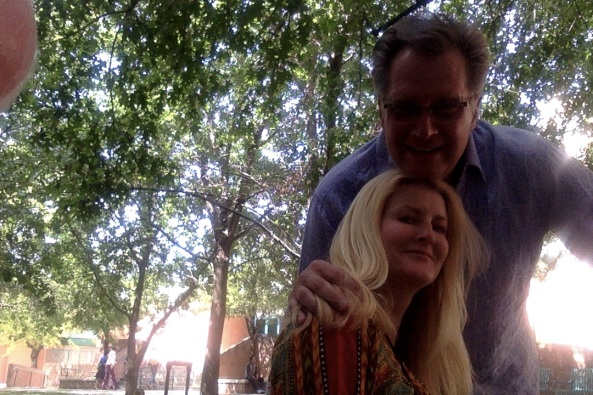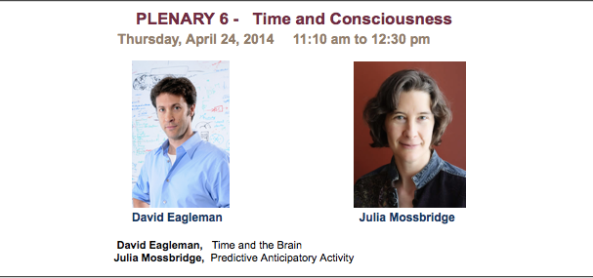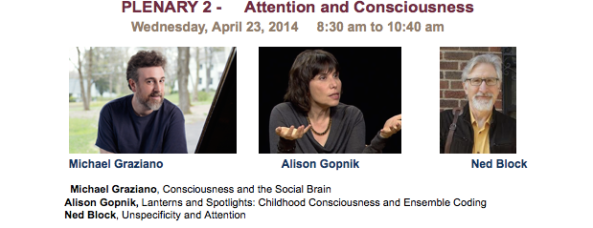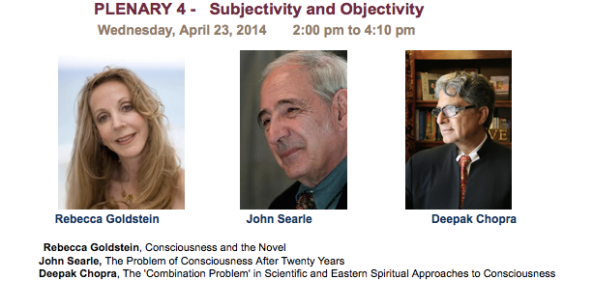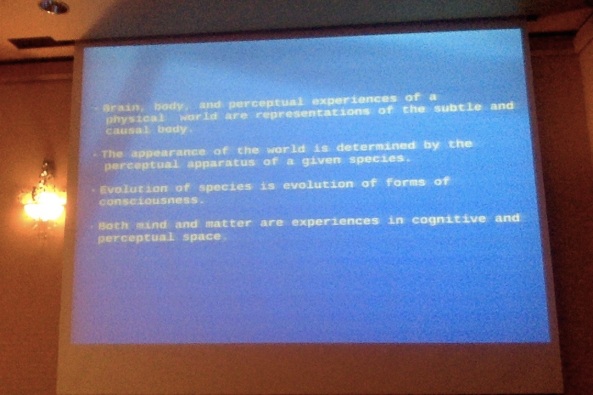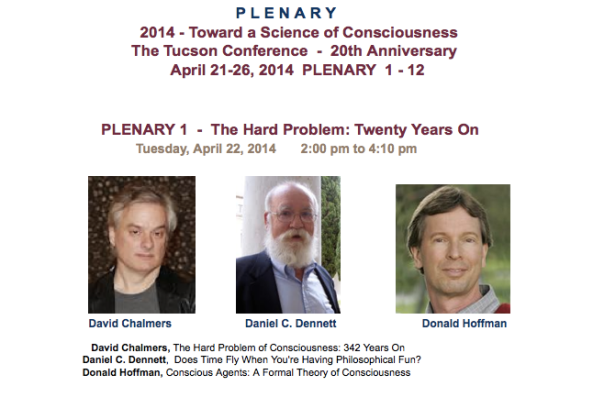In the book, Twelve Senses I present three different consciousnesses which all within themselves can have different dimensions.
The first is a body consciousness that originate in the body. With evolution, we got a brain and consequently a brain consciousness .
These two consciousnesses should not be particularly controversial. We can all feel that the body “tells” how it feels, what it lacks and when it becomes too much. Stomach rumbling when we are hungry and we get sore when new muscles activated. The body reacts to fear by whiten and neck hairs stand up.
Brain Consciousness is dependent on brain fitness and in dementia or concussion we can lose memory and the ability to cope with simple tasks of everyday life.
We can also see the interaction between the brain and body consciousnesses. Mental trust and emotional self-confidence can get the body to increase its performance while intoxication can knock out both brain and body.
How should we define consciousness? Yes, science has ended up in more or less animated discussions and to contend with both hard and soft problems. I find no sense in me intermarry with those not leading to any real explanation.
We have senses that perceive the condition which conveys the impression. We may experiencing these as sensations in the body and as emotions and balances or imbalances and we can then interpret those impressions using the brain’s thoughts.
Nervous system that connects the brain with the body goes through the spinal cord and the so-called reptilian brain up into the cognitive system in which we can name and understand impressions.
As long as a strong impression is retained in the body it will be experienced emotional and it will mostly result in physical expressions and reactions.
Center of the body consciousness in the heart?
If the existential hub has its physical center of the body consciousness in the heart this might also be both the core sense and the brain of the body. A theory that is strong in other cultures such as in Africa and muslime world.
Body Consciousness carries the experience from the heart through the spinal cord to the brain and mediates various needs that brain consciousness will handle and decide.
To support a hypothesis of heart significance are studies of a large number of heart transplants who testify that people can undergo fundamental change of personality and suddenly get new interests and changing tastes. Such interests and tastes that they can then relate back to the donor. (Twelve Senses 2012 page 100, Twelve Senses 2015 pp 97-98).
But this existential hub does not end there. I have found that the mind has an entirely own level and it is outside the body and outside the brain. I call it “independent mind.” Medicine Dr. and the former Research Director Larry Dossey calls it “Non-local”.
This independent consciousness becomes apparent at out-of-body experiences (OBE) and Near Death Experiences (NDE), especially when the brain has been declared clinically dead or in a coma. From such conditions, people who have returned to life may tell the most outstanding impression, even how doctors and nurses have acted during a patient’s “unconsciousness” or death. But the person have not been “unconscious”, the brain has been turned off, the brain consciousness has not worked, however another much sharper “independent consciousness” has been present.
The question is how the independently consciousness interact with the body and the brain? Is there an existential hub?
The independent consciousness may capture images of its “dead” body and the thoughts and feelings of this body, even if it is on the other side, in the so called spirit world. That means a consciousness that we can not yet explain or understand with the laws of nature that science today allows describing and drawing the boundaries of reality.
My only explanation for an independent consciousness is a mind-body or a soul. And then it is probably always present. That could explain the ability to morality and to love and their differences. These features of the soul may be unconditional and nonjudgmental. While body and brain conditions them for its survival.
Börje Peratt
